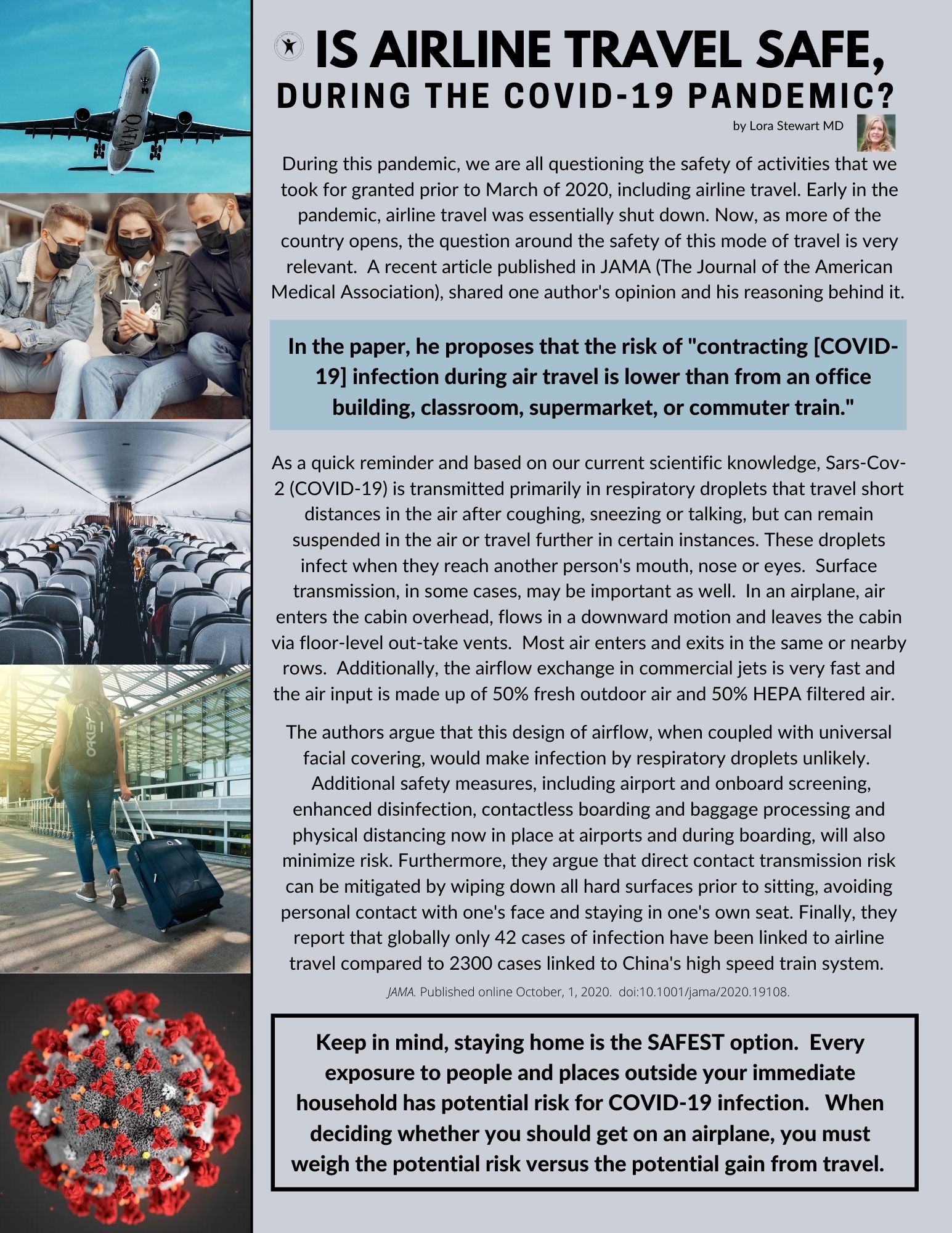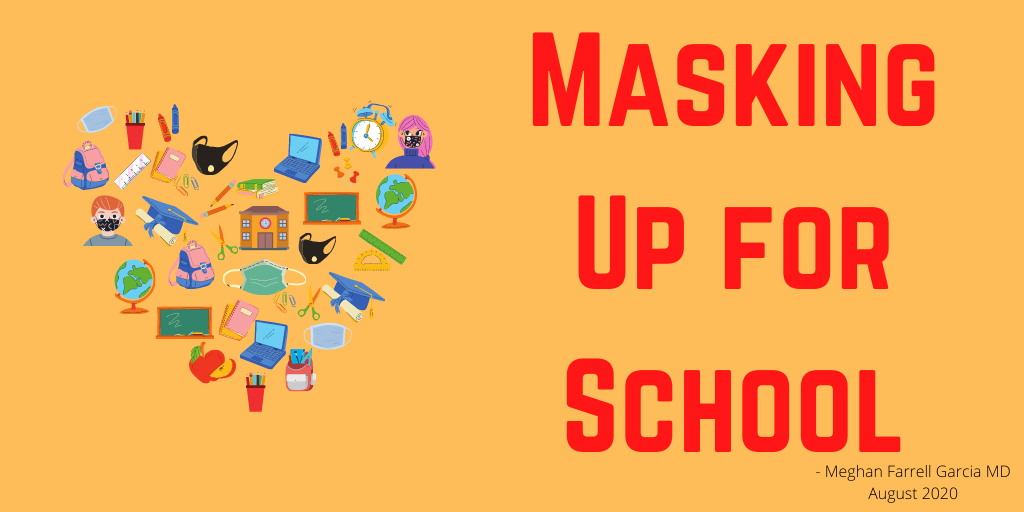

We understand that this is an incredibly difficult time for parents as they prepare to make decisions about sending their children back to school. We have received a great deal of questions about this topic, and we empathize that many of our families are weighing the pros and cons of each scenario. While we cannot make this decision for you, we hope to provide some reliable information on masks for those who plan to return to in-person teaching this year.
The AAP recommends that children 2 years and older wear masks in public places. Due to the nature of our specialty, we have a number of patients with breathing related concerns such as asthma. We will not be providing letters stating that our patients are exempt from any policy requiring masks. We believe that masks help protect our patients and those around them from contracting and spreading illness. Oxygen and carbon dioxide levels are not affected by wearing a mask, even for extended periods of time. If you have concerns about your child or yourself wearing a mask, we encourage you to make an appointment so we can help address these concerns. We would be happy to measure oxygen levels during these appointments.
There are a wide variety of masks available, and many local stores are now carrying them. In general, we recommend trying different types of masks and using one that works best for you/your child. A mask with a good fit to your face that leaves minimal to no “gaping” is ideal. You may consider a trial of different types of straps/ties to help with the fit/comfort. There are also “ear savers” available that help keep pressure off the backs of the ears if you prefer the ear-loop style masks. Some masks are designed to be washed and re-used, and others are disposable. We recommend keeping backups in the car, back pack, purse, etc in case your original mask is soiled, lost, or forgotten.
While we encourage finding masks that fit your individual preferences, we wanted to make our readers aware of two big points. First, valved masks generally do a good job of protecting the person wearing them, but allow respiratory droplets from the wearer to escape the valve, which could put others at risk. If you have a valved mask we recommend covering the valve with tape, a Band-Aid, etc. Second, research has emerged recently on the efficacy of different masks, and bandana style masks and fleece masks were found to be clearly inferior compared to other types of masks. Briefly, in this study participants wore different types of masks and the “relative droplet count” (or respiratory droplets that escaped the mask while they were speaking) was recorded. Bandana masks were minimally effective and only cut the relative droplet count in half on average. Fleece masks appeared to actually increase the relative droplet count, and the authors hypothesize that this is from larger droplets dispersing into smaller droplets as they pass through the fabric.
As we approach fall and winter don’t forget the basics of washing your hands, avoiding touching your face, and staying home if you are showing any symptoms of illness. We plan to continue to offer telemedicine visits to our patients for convenience and safety. If you have additional questions please call to schedule an appointment for the near future.
References:
https://advances.sciencemag.org/content/early/2020/08/07/sciadv.abd3083